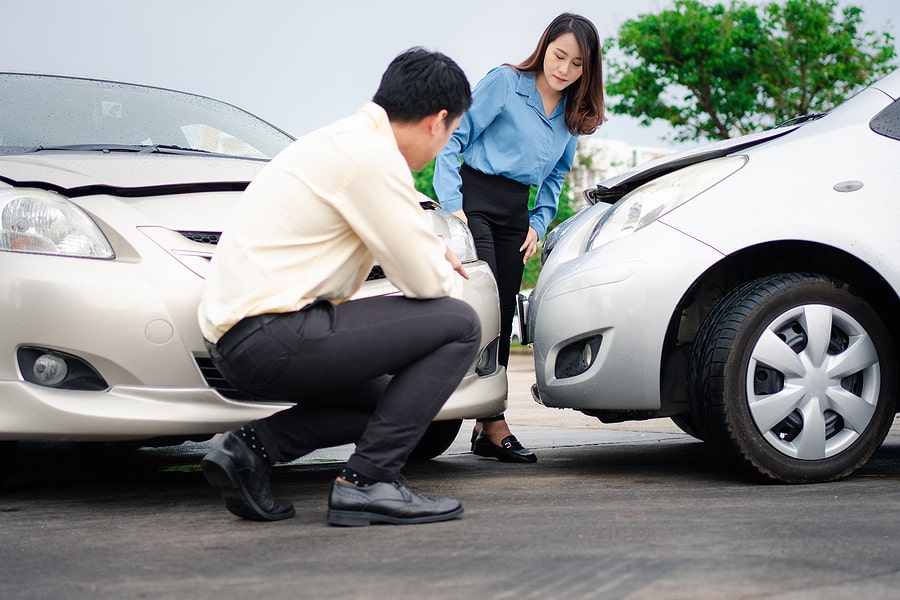According to the Bureau of Labor Statistics, there are around 636,000 automobile fleets used by businesses, more than 1.3 million used by government workers, and 1.63 million vehicles rented by employers for use by their staff on U.S. roadways. That is a lot of company vehicles, and it is only a matter of time before the driver of one of those vehicles causes an accident.
If a negligent driver in a company vehicle injured you, the number of potentially liable parties you can seek compensation from may increase because of the employer’s vicarious liability. Read on below for more information. If you have specific questions about your case, a personal injury legal team can help direct you and inform you about your legal options. Typically, personal injury attorneys offer free case evaluations to discuss the case with a prospective client.
What Is Vicarious Liability and How Does It Impact Your Claim?
Vicarious liability is a circumstance in which an accident occurred, and a court may find someone liable for it even if they were not directly responsible due to the control they should have had over the at-fault party and their failure to exercise that control. One of the most common scenarios in which vicarious liability becomes an issue is in accidents caused by an employee driving a company vehicle.
Why Is the Employer Responsible for the Employee’s Actions?
Employers are liable for their employee’s careless and reckless actions while the employee is on the job or representing the company, such as when they drive a company vehicle.
The law assumes that the employer has done their due diligence when placing the employee in the position to drive the company car by:
- Carefully vetting the employee, including performing criminal and driver history checks to ensure they do not have a history of illegal behavior that would preclude them from driving the company car.
- Training the employee to handle all aspects of their job safely. If the employee is required to drive from one location to another during the normal scope of their job tasks, then the employer must train them to do so.
Isn’t the Driver Who Caused the Accident Liable?
Often, the driver may also bear liability for the expenses and impacts of your injury – but more than one person or entity can cause an accident. While this can make your claim more complex, it actually can work in your favor in some instances regarding the amount of compensation you can receive.
The Impact of Vicarious Liability on Your Claim
The impact of vicarious liability on your insurance claim may provide an additional insurance resource that could compensate you. Insurance pays most car accident settlements and court awards.
When an employee causes an accident in a company car, their insurance policy likely excludes coverage of a vehicle furnished for their personal use. Additionally, if the employee used the car during work (instead of taking the car home for the evening and running errands with it outside of work), their personal policy may exclude coverage for using the car for work.
However, companies that provide vehicles for use by their employees are required to purchase commercial auto insurance. Commercial auto insurance policies cover liability for injuries and property damage caused by the employee’s negligence and provide coverage of damage to the company vehicle.
Best Case Scenario Regarding the Insurance Coverage of the Driver and Company
The best-case scenario in an accident caused by an employee in a company car is if the employee who used the car had hired and non-owned insurance coverage that provides coverage if they cause an accident in a company vehicle, and the company also had commercial auto insurance.
If this is the case, you may access both insurance policies to provide compensation. Generally, you will access the driver’s personal policy first. However, because of the company’s vicarious liability for their employee’s actions on company time, their insurance can also come into play.
How to Prove Liability in an Accident Involving a Company Car
To obtain compensation for the expenses and impact of your injury, you must be able to prove that someone else is liable.
To prove the liability of the employer and the company, you must show:
- The at-fault party had a duty to take reasonable actions to protect the safety of others. For the employee, that duty includes driving the vehicle safely and legally. For the employer, that duty includes properly training the employee to perform the responsibility of their employment, including operating the company vehicle.
- A breach in this duty occurred when the at-fault party took careless or reckless actions that resulted in an accident, such as distracted driving or failure to yield. For the employer, this can include failing to inspect the employee’s driving history or ensuring that they could safely drive.
- This breach resulted in the accident that caused your injury.
Injured in an Accident in a Company Car? A Personal Injury Attorney Can Help
As noted, accidents involving employees and company vehicles are often more complex than other types of personal injury claims. A car accident attorney can help you better understand the impact that the company vehicle has on your claim and how they can assist you.


